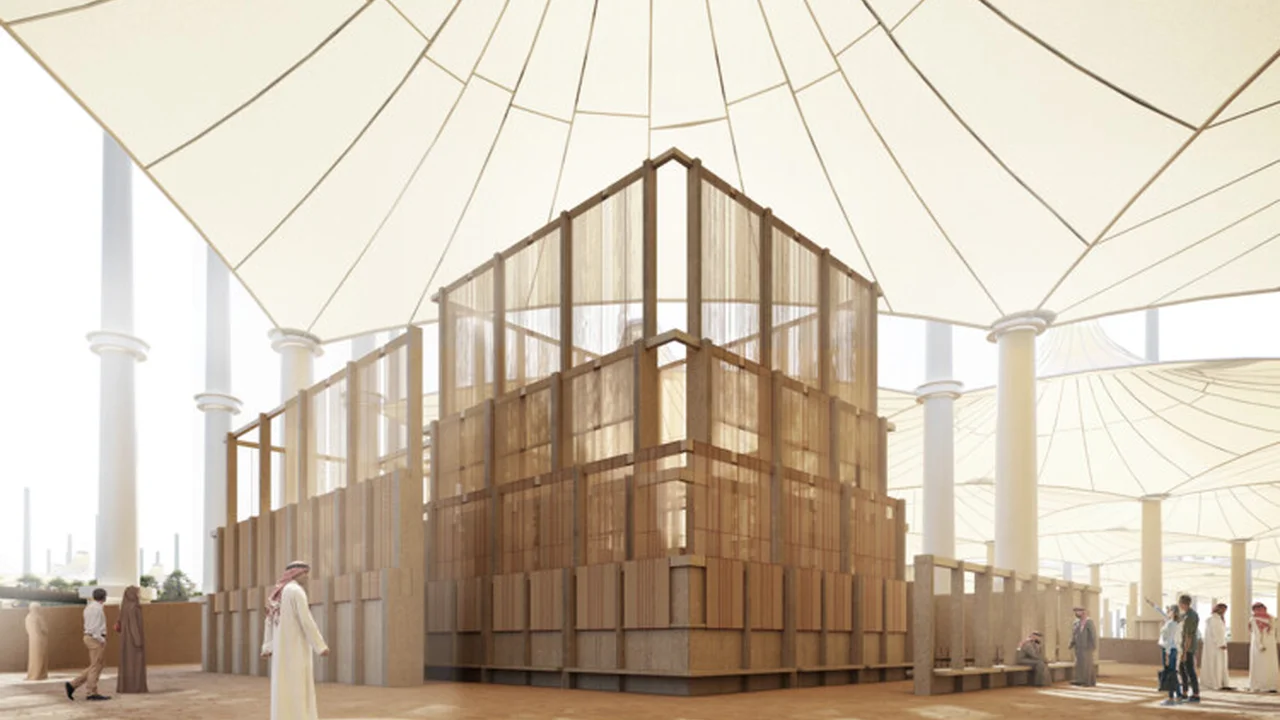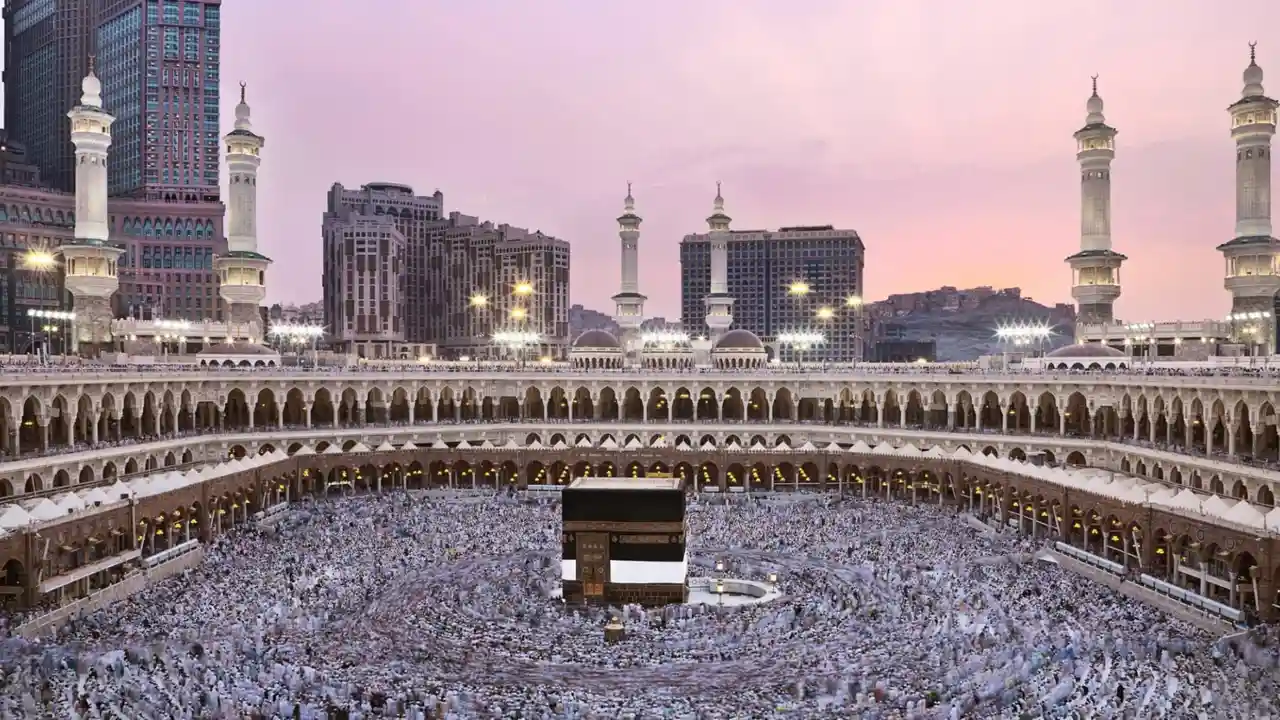
Saudi Arabia, a land steeped in history and tradition, is undergoing a rapid transformation. While modern skyscrapers pierce the sky, the echoes of ancient civilizations and the intricate details of Islamic art and architecture remain vibrant. This visual journey explores the rich tapestry of Saudi Arabia's artistic and architectural heritage, from the nomadic Bedouin traditions to the grand mosques and contemporary masterpieces.
The Historical Roots of Saudi Arabian Art and Architecture
To understand Saudi Arabian art and architecture, we must delve into its historical roots. The Arabian Peninsula has been a crossroads of cultures for millennia, witnessing the rise and fall of empires, the flourishing of trade routes, and the birth of Islam. These influences have all left their mark on the region's artistic expression.
Pre-Islamic art, though fragmented, reveals a connection to the ancient world. Rock carvings, known as petroglyphs, depict animals, human figures, and abstract symbols, offering glimpses into the beliefs and daily lives of early inhabitants. These carvings, often found in remote desert locations, serve as a testament to the resilience and ingenuity of the people who once roamed these lands.
The advent of Islam in the 7th century revolutionized Saudi Arabian art and architecture. The focus shifted from representational art to geometric patterns, calligraphy, and arabesque designs. This shift reflected the Islamic prohibition against depicting human figures in religious contexts, encouraging artists to explore abstract forms and intricate ornamentation.
Islamic Art and Architecture The Dominant Influence
Islamic principles profoundly shaped the architectural landscape of Saudi Arabia. Mosques became the central focus of urban life, serving not only as places of worship but also as community centers. The Great Mosque of Mecca, also known as the Masjid al-Haram, stands as the holiest site in Islam and a masterpiece of architectural design. Its expansion and renovation over centuries have incorporated various architectural styles, reflecting the diverse influences of the Islamic world.
Key elements of Islamic architecture, such as the minaret, the mihrab, and the dome, are prominent features in Saudi Arabian mosques. The minaret, a tall tower from which the call to prayer is issued, serves as a visual landmark and a symbol of faith. The mihrab, a niche in the wall indicating the direction of Mecca, guides worshippers during prayer. The dome, often adorned with intricate geometric patterns, symbolizes the heavens and adds a sense of grandeur to the mosque's interior.
Beyond mosques, Islamic art and architecture also influenced secular buildings, such as palaces, forts, and traditional houses. These structures often feature courtyards, wind towers, and elaborate stucco work, providing both aesthetic appeal and practical solutions for the harsh desert climate.
Traditional Saudi Arabian Architecture Adapting to the Desert
Traditional Saudi Arabian architecture is characterized by its ingenious adaptation to the harsh desert environment. Building materials, such as mud brick, stone, and wood, were locally sourced and carefully chosen to withstand the extreme heat and dryness. Courtyards provided shaded spaces and allowed for natural ventilation, while thick walls insulated buildings from the scorching sun.
The Najdi style, prevalent in the central region of Saudi Arabia, is known for its mud-brick architecture and intricate geometric designs. Houses are often built with multiple stories, featuring balconies and windows that provide views of the surrounding landscape. The Asir region, in the southwest, boasts unique stone buildings with distinctive towers and decorative elements.
Wind towers, also known as badgirs, are a common feature in traditional Saudi Arabian architecture. These towers capture the prevailing winds and channel them into the building, providing natural cooling and ventilation. Wind towers are a testament to the ingenuity of Saudi Arabian architects in harnessing natural resources to create comfortable living spaces.
Modern Architecture in Saudi Arabia A Blend of Tradition and Innovation
The discovery of oil in the 20th century transformed Saudi Arabia's economy and spurred rapid urbanization. Modern architecture in Saudi Arabia reflects this transformation, blending traditional elements with contemporary designs. Skyscrapers now dominate the skylines of major cities, showcasing the country's economic progress and ambition.
The Kingdom Centre in Riyadh, a towering skyscraper with a distinctive skybridge, is a prime example of modern Saudi Arabian architecture. The Abraj Al-Bait Towers in Mecca, a complex of seven skyscrapers overlooking the Great Mosque, is another iconic landmark. These modern structures incorporate Islamic design principles, such as geometric patterns and calligraphy, creating a harmonious blend of tradition and innovation.
However, modern architecture in Saudi Arabia also faces challenges. The rapid pace of development has sometimes led to the neglect of traditional buildings and the loss of cultural heritage. Efforts are now underway to preserve and restore historic sites, ensuring that the country's architectural heritage is not lost in the pursuit of modernity.
Contemporary Art in Saudi Arabia A Growing Scene
Contemporary art in Saudi Arabia is a burgeoning scene, reflecting the country's evolving identity and cultural landscape. Saudi artists are exploring a wide range of themes, from social issues and political commentary to personal experiences and cultural identity. Their works often challenge traditional norms and offer new perspectives on Saudi society.
Art galleries and museums are springing up across the country, providing platforms for Saudi artists to showcase their work. The King Abdulaziz Center for World Culture (Ithra) in Dhahran is a landmark cultural institution that promotes art, science, and innovation. Ithra hosts exhibitions, workshops, and performances, fostering a vibrant artistic community.
Saudi artists are also gaining international recognition, participating in exhibitions and art fairs around the world. Their works are attracting the attention of collectors and critics, raising awareness of Saudi Arabia's rich artistic talent.
Specific Product Recommendations for Art and Architecture Enthusiasts
For those interested in delving deeper into the world of Saudi Arabian art and architecture, here are some specific product recommendations:
Books on Saudi Arabian Art and Architecture
* **"Islamic Art and Architecture" by Robert Hillenbrand:** A comprehensive overview of Islamic art and architecture, including examples from Saudi Arabia. * **"Saudi Arabia: A Desert Kingdom" by Sandra Mackey:** A historical and cultural exploration of Saudi Arabia, with insights into its architecture and art. * **"The Art of Islam: Treasures from the Nasser D. Khalili Collection" edited by Julian Raby:** Features stunning examples of Islamic art, including calligraphy, ceramics, and metalwork.Photography Equipment for Capturing Architectural Details
* **Sony Alpha 7R IV:** A full-frame mirrorless camera with exceptional image quality and resolution, ideal for capturing intricate architectural details. (Price: $3,498) * *Use Case:* Capturing high-resolution images of mosques, palaces, and other architectural landmarks. * *Comparison:* Compared to the Canon EOS R5 (similar price range), the Sony Alpha 7R IV offers higher resolution and a wider dynamic range. * *Details:* 61.0MP full-frame sensor, 15 stops of dynamic range, real-time tracking autofocus. * **DJI Mavic 3:** A foldable drone with a high-quality camera, perfect for capturing aerial views of Saudi Arabian landscapes and architectural complexes. (Price: $2,199) * *Use Case:* Obtaining stunning aerial perspectives of historical sites and modern cityscapes. * *Comparison:* Compared to the DJI Air 2S (lower price range), the DJI Mavic 3 offers a larger sensor and longer flight time. * *Details:* 4/3 CMOS Hasselblad camera, 5.1K video recording, 46 minutes of flight time. * **Tamron 17-28mm f/2.8 Di III RXD Lens (for Sony E-mount):** A wide-angle zoom lens ideal for capturing expansive architectural shots. (Price: $899) * *Use Case:* Photographing the interiors of mosques and capturing the grandeur of large buildings. * *Comparison:* Compared to the Sony FE 16-35mm f/2.8 GM lens (higher price range), the Tamron offers a similar focal range at a more affordable price. * *Details:* Wide-angle zoom, f/2.8 aperture, fast and accurate autofocus.Art Supplies for Inspired Creations
* **Winsor & Newton Cotman Watercolors Sketchers' Pocket Box:** A compact and portable watercolor set for creating artistic interpretations of Saudi Arabian landscapes and architecture. (Price: $35) * *Use Case:* Creating watercolor sketches of desert landscapes and traditional buildings. * *Comparison:* Compared to the Sakura Koi Watercolor Field Sketch Set (similar price range), the Winsor & Newton set offers a wider range of colors and higher pigment quality. * *Details:* 12 half pans of watercolor, a brush, and a mixing palette. * **Derwent Graphic Medium Pencils:** A set of high-quality graphite pencils for creating detailed drawings of architectural structures. (Price: $25) * *Use Case:* Creating detailed drawings of mosques, palaces, and other architectural landmarks. * *Comparison:* Compared to the Faber-Castell 9000 Graphite Pencils (similar price range), the Derwent pencils offer a smoother and more consistent drawing experience. * *Details:* 12 pencils ranging from 9B to 5H. * **Moleskine Art Sketchbook:** A high-quality sketchbook for capturing your artistic impressions of Saudi Arabia. (Price: $20) * *Use Case:* Sketching architectural details, landscapes, and portraits. * *Comparison:* Compared to the Strathmore 400 Series Sketch Pad (similar price range), the Moleskine sketchbook offers a more durable cover and higher-quality paper. * *Details:* Acid-free paper, durable cover, elastic closure.Preserving Saudi Arabian Art and Architecture for Future Generations
Preserving Saudi Arabian art and architecture is crucial for safeguarding the country's cultural heritage. Efforts are underway to restore historic buildings, document traditional crafts, and promote awareness of the importance of preserving cultural heritage. The Saudi Commission for Tourism and National Heritage is playing a key role in these efforts.
Sustainable tourism can also contribute to the preservation of Saudi Arabian art and architecture. By promoting responsible travel and supporting local communities, tourism can help to generate revenue for conservation projects and raise awareness of the importance of cultural heritage.
Education is another important tool for preserving Saudi Arabian art and architecture. By teaching young people about their cultural heritage, we can inspire them to become stewards of their country's artistic and architectural treasures.
The journey through Saudi Arabian art and architecture is a journey through time, culture, and innovation. From the ancient rock carvings to the modern skyscrapers, the country's artistic and architectural landscape reflects its rich history and its aspirations for the future. By appreciating and preserving this heritage, we can ensure that it continues to inspire and enrich generations to come.
:max_bytes(150000):strip_icc()/277019-baked-pork-chops-with-cream-of-mushroom-soup-DDMFS-beauty-4x3-BG-7505-5762b731cf30447d9cbbbbbf387beafa.jpg)






